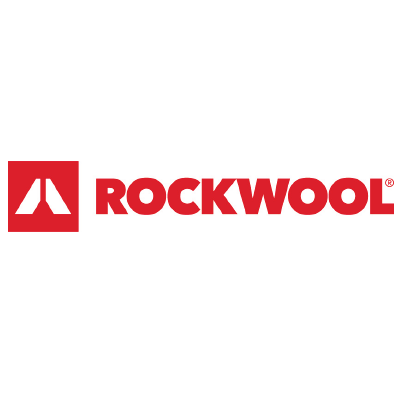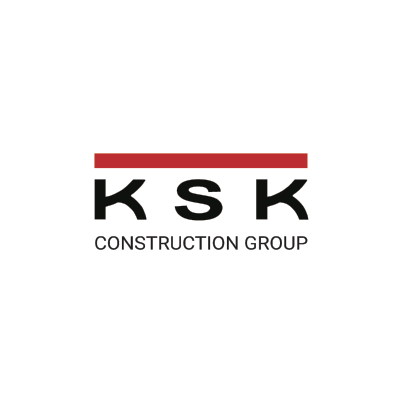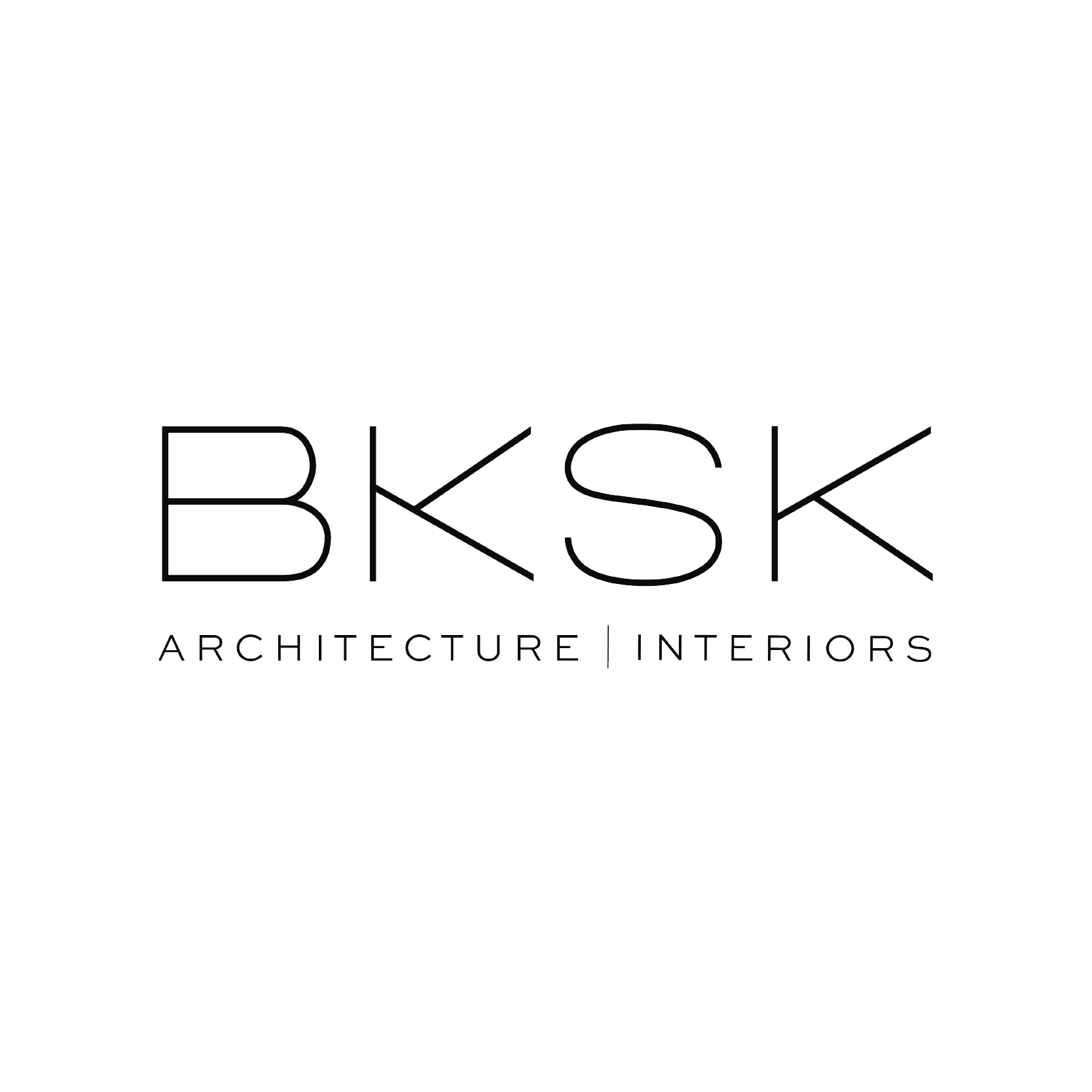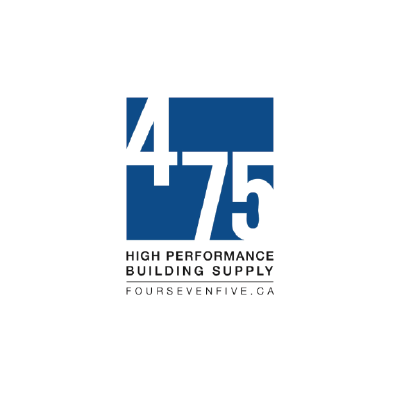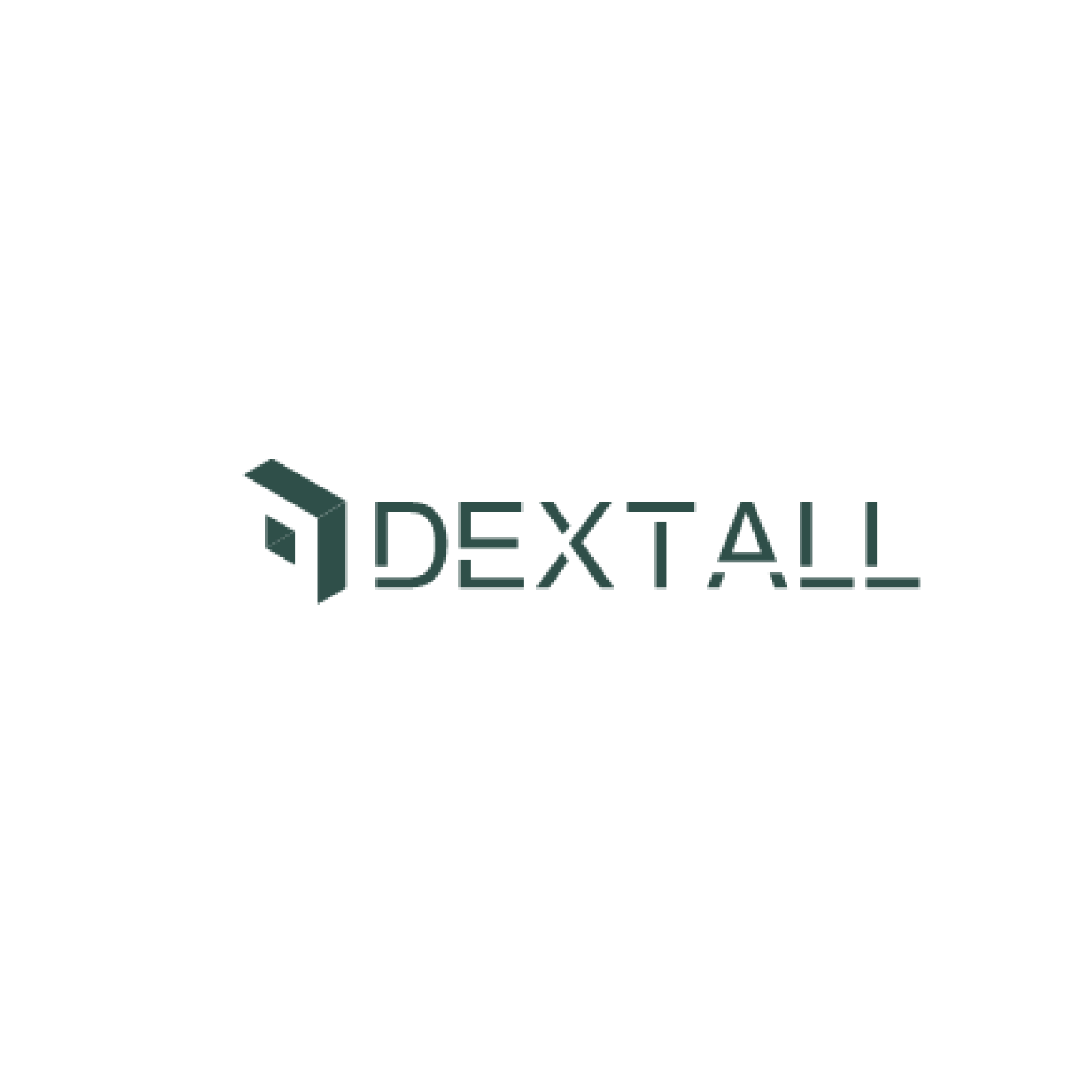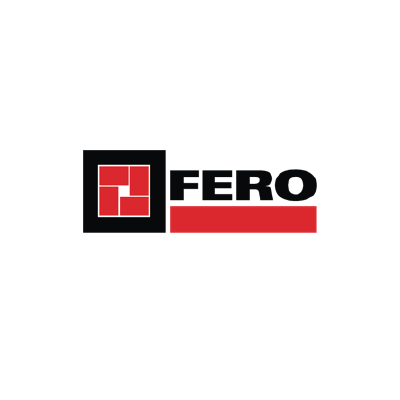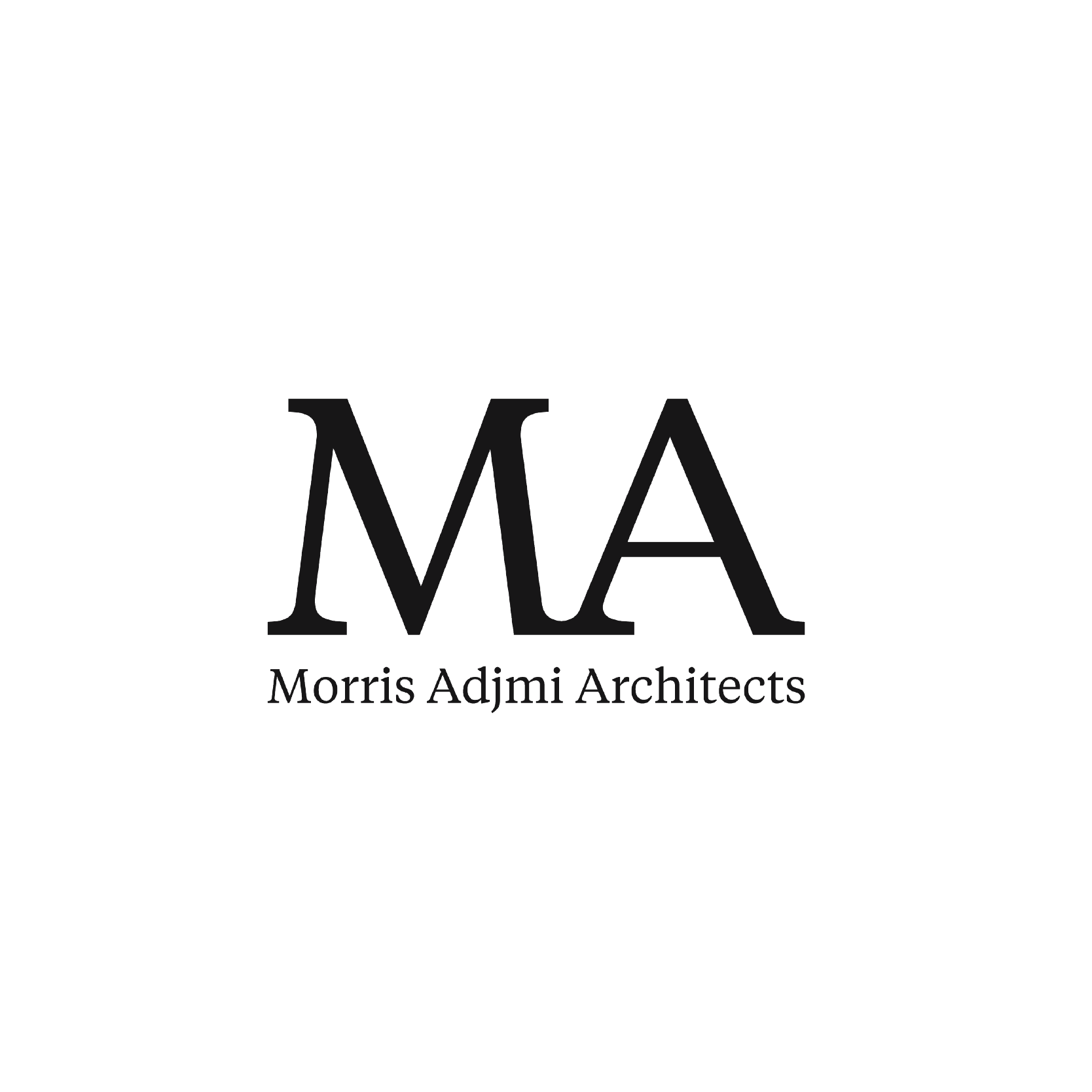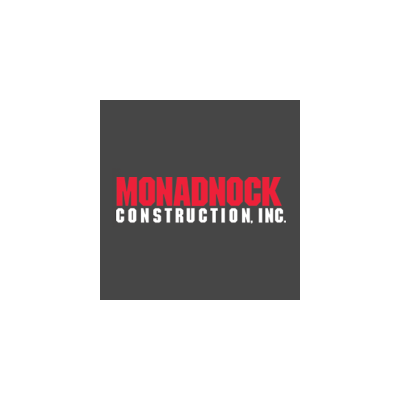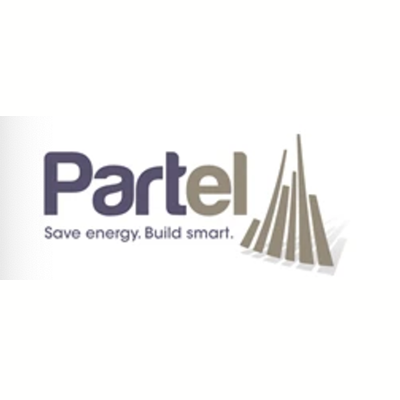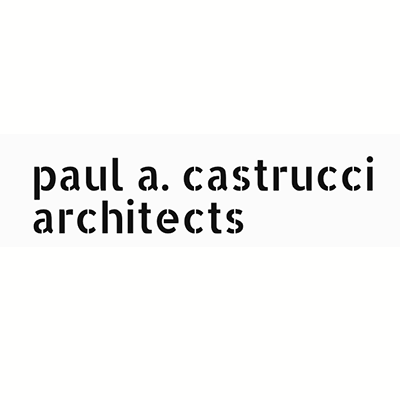Building to the Passive House Standard[1] reduces our buildings’ operational energy demand to an optimized extent through passive measures and components such as insulation, airtightness, heat recovery, solar heat gains, solar shading and incidental internal heat gains. Passive House reliably delivers up to approximately a 90% reduction in heating and cooling demand and up to a 75% reduction in overall primary energy demand when compared to our existing building stock.[2] A Passive House may be any building type such as home, school, office, store or factory. Passive House buildings affordably and predictably provide the most resilient, comfortable and healthy interior environments.
When considering a building standard there are eleven complimentary reasons to choose the Passive House Standard.
1. It fundamentally addresses the climate crisis imperative. To mitigate the worst effects of climate change we are required to decarbonize our economies while meeting the demands of global development. Passive House does this by providing the same low energy budget to both the rich and the poor. With Passive House we can slash energy demand and maintain services in the developed world, and also build modern services in a low-energy manner in the developing world. The large scale leader in this effort is the Brussels Capital Region of Belgium where all buildings, new and retrofit, public and private, residential, commercial and institutional, will be required to meet the Passive House Standard starting in 2015.[3]
2. It is a global building energy performance standard. While the energy standard is uniform for all, the paths to achieve it are widely varied and necessarily incorporate local climate and building tradition specific optimization. Whether the local building tradition is wood or masonry, or the climate is heating dominated or cooling dominated, hot and humid or a mixed climate, Passive Houses can and are being realized.[4]
3. Its development is a global collaboration. With roots in the study of low energy buildings from China to Canada [5], and formalized and defined by the scientific research of the Passive House Institute (PHI) [6] – it is the active exchange of information and experiences by scientists, engineers, designers, builders and occupants, across the earth’s regions and climate zones, that is driving forward the successful evolution and implementation of Passive House worldwide.
4. It produces a predictable product. Passive House utilizes a clear methodology that focuses on optimizing passive building components with the globally validated energy model called the Passive House Planning Package (PHPP). The PHPP energy model is the key tool used to integrate all building components and systems, and serves as the basis of verification for the Passive House Standard.[7], The PHPP’s high level of accuracy sets it apart from other design tools, allowing, for example, heating and cooling systems for Passive House projects to be confidently sized approximately 75% smaller than typical for a given building. To further insure success, the methodology may also include the use of scientifically validated and certified components[8], design and construction by certified architects, engineers and tradespersons[9], and the building may be certified by one of the currently 26 accredited certifying entities[10] around the world.
5. It is affordable in both construction and occupancy. The methodology results in only an added overall construction cost premium of approximately 5% to 10% because the construction costs for high performance elements are substantially offset by a reduction in heating and cooling systems sizing. Typically the first Passive House projects by architects, builders and consultants may have a higher cost premium due to the learning curve and lack of optimization, but with subsequent projects and better optimization, the cost premium can progressively shrink to 5% or less and even go negative. Because the reduced energy use translates into substantially lower energy bills the cost premium should have a simple payback of under 10 years. And because the cost of borrowing the additionally required money should be less than the monthly cost savings in energy bills, the return on investment really starts in the first month of occupancy. Lower energy bills and protection from future price shocks make Passive House occupancy affordable for the long term.[11]
6. It produces the most comfortable and healthy indoor environments. With airtightness, continuous insulation, high quality windows and other measures, Passive Houses often have the most comfortable, quiet and draft free environments. With continuous low-volume ventilation providing filtered fresh air to living and working spaces and exhausting stale air from service spaces, the indoor air is free of dangerous concentrations of typical contaminants. And unlike buildings that rely on manual ventilation, people in a Passive House can open and close windows whenever they wish.[12]
7. It’s a catalyst for local manufacture of high-performance products. Industry has developed to serve the implementation of the Passive House Standard, first in central Europe and now globally. Typically small and medium-sized companies have developed specific products and services to cater to its growing needs. Around the world more companies are recognizing the potential of this sector and are either improving their existing products or developing new ones to cater to their local as well as regional and global markets.[13]
8. It enables storm resilience. In the coldest weather, without power, a Passive House can achieve a safe interior temperature equilibrium of approximately 55 degrees Fahrenheit indefinitely. In the hottest weather, if overnight passive cooling is available, it is also possible to maintain safe indoor temperatures for an extended period without power.[14] This characteristic was also described in the recent Building Resiliency Task Force (BRTF) Report as Proposal #27 Maintain Habitable Temperatures Without Power.[15]
9. It enables nearly zero energy buildings. Building specific renewable energy production can be complicated and expensive – with space requirements often making it prohibitive. With a building’s energy demand minimized with Passive House, renewable requirements become far smaller, more affordable and achievable. The Passive House Institute with the European Union is aggressively advancing this agenda and demonstrating its feasibility with the PassReg program.[16]
10. It enables a more resilient power grid. By substantially reducing peak power demand and enabling local renewable power sources, utility system redundancies and a more robust power distribution system are possible.[17]
11. It locks in energy savings for future generations. Unlike renewable energy production or energy saving machinery that requires active maintenance and replacement, Passive House emphasizes things like insulation, airtightness and external shading that will save energy today, tomorrow and everyday into the future without significant maintenance or replacement costs. Consequently, any lost opportunity to optimize performance with an investment in passive measures will become a much bigger future liability in our efforts to decarbonize. [18]
Passive House is uniquely raising our expectations of what sustainable high-performance building can be and should be. Choose Passive House.
Related Posts:
[1] For more information on the Passive House Standard, see What is Passive House?: http://nypassivehouse.org/what-is-passive-house/
[2] See graph: http://www.cepheus.de/eng/img/ekwdiag.gif
[3] Find link to presentations on Brussels experience here: http://www.naphnetwork.org/archives
[5] History of Passive House from Passipedia: http://www.passipedia.org/passipedia_en/basics/the_passive_house_-_historical_review
[6] The Passive House Institute (PHI) is an independent scientific research institute based in Darmstadt, Germany. The ongoing scientific research of PHI serves as the foundation of the Passive House Standard and its global implementation. See: http://www.passiv.de/en/01_passivehouseinstitute/01_passivehouseinstitute.htm
[7] See PHPP in Passipedia: http://passipedia.passiv.de/passipedia_en/planning/tools
[8] See PHI certified components: http://www.passiv.de/komponentendatenbank/en-EN
[9] See PHI certified training: http://www.passiv.de/en/03_certification/04_certified-designers/04_certified-designers.htm and http://www.passiv.de/en/03_certification/05_certified-tradesperson/05_certified-tradesperson.htm
[10] See PHI accredited building certifiers: http://www.passiv.de/en/03_certification/02_certification_buildings/03_certifiers/01_accredited/01_accredited.php
[11] See “Affordability”: http://www.passipedia.org/passipedia_en/basics/affordability
[12] See “Thermal Comfort”: http://www.passipedia.org/passipedia_en/basics/building_physics_-_basics/thermal_comfort
[13] Now North American companies are coming on board to compete with the global market, creating products that can be globally exported. See http://www.casagrandewoodworks.com/windows.html
[14] If overnight temperatures remain hot, then comfortable indoor temperatures can only be extended for a matter of days as there is no countervailing cooling mechanism available.
[15] The BRTF Report was produced by the Urban Green Council and presented to Mayor Bloomberg and City Council Leader Christine Quinn in 2013 following widespread power outages and resident dislocations resulting from Superstorm Sandy. See report here: http://www.urbangreencouncil.org/BRTF/Report
[16] See PassReg: http://www.passreg.eu/index.php?page_id=65
[17] See NY Times: Bypassing the Power Grid,by Beth Gardiner, Oct 8, 2013 http://www.nytimes.com/2013/10/09/business/energy-environment/bypassing-the-power-grid.html
[18] Per McKinsey 2010 report, Energy Efficiency: A Compelling Global Resource, “Big gains await developing countries if they raise their energy productivity….they could slow the growth of their energy demand by more than half over the next 12 years….which would leave demand some 25 percent lower in 2020 than it would otherwise have been. That is a reduction larger than total energy consumption in China today.” Download report PDF here: https://www.dropbox.com/sh/ymplnlh4hcdmarl/eYOX0buqsK
———————————————————————————————————————————————————-

